A Primer on Food in Japan

Top photo: Nashiro.k on PhotoAC
OK, today let’s talk about “Food In Japan”. Yes, as soon as someone mentions the two words ‘food’ and ‘Japan’, people normally think of the typical Japanese foods of Sushi, Ramen and Tempura. Well, they are popular Japanese foods but there is a whole lot more to the history of food in Japan, where it originated from, how it is made and how it is eaten.
Rather than me describing all the details, simply ask Mr. Google about the “history of sushi” and ramen and tempura, and you will find pages and pages about it.
The Basics
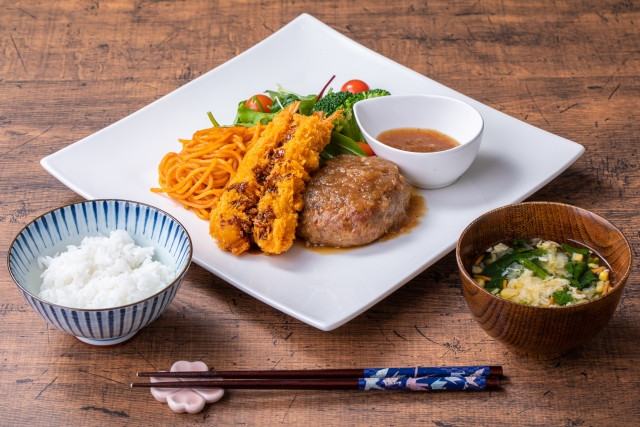
What I want to talk about today is regarding local foods, eating etiquette, and the Dos and Don’ts of eating here in Japan. For starters, here are 7 easy ones;
- DO use the wet towel given to you to wipe your hands once you have sat down
- DO say “Thanks” before and after a meal
Before = ITADAKI MASU
After = GOUCHISOU SAMA DESHITA
- DO use your chopsticks the right way
- DO hold your rice bowl while eating
- DO slurp while eating noodles and drinking Japanese tea
- DON’T eat with your elbows on the table
- DON’T leave food on your plate – basic etiquette – eat everything!
Table manners are a very important thing in Japan, so do be aware of that!
One very interesting thing in the Japanese culture is that it is perfectly OK for a woman to go out to eat (or drink) by herself. No, she is not necessarily looking for a partner, she’s just HUNGRY! (Don’t judge a book by its cover.)
Regional Specialities
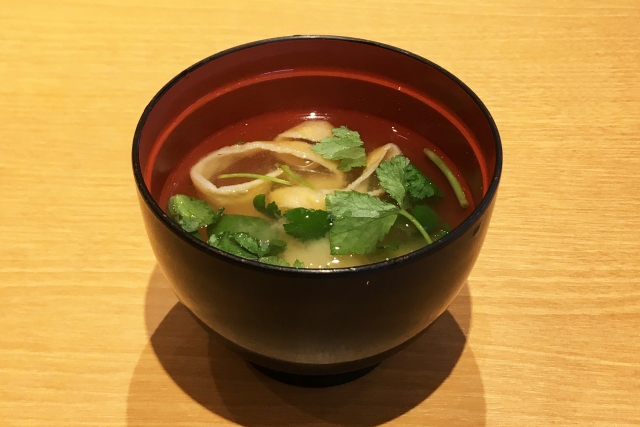
Now to the nitty-gritty of ‘local foods’ – yes, everywhere has them, and yes everywhere’s local dishes are a treat! As before, you can always ask my friend Mr. Google for “local dishes in … “ (add the place name), but even better is simply ask local residents, as they will be happy to share this information. (You can also ask at the City Hall or Community Center – they are always happy to share local goodies, too.)
As an example of the variety in which foods are made depends on where you are. Have a look at these photos of a typical ‘miso soup’ from different areas;
North – Hokkaido miso soup
South – Okinawa miso soup
East – Kanto miso soup
West – Kansai miso soup
Not only the looks, but the aroma and taste are different, as well. Just as numerous types of grapes are used to make numerous types of wines, soy beans (fermented to make ‘miso’) have different varieties, grown in different soils in different locations all have a different taste. Add to that, the different type of salt and KOJI (fungus for fermenting) used, and the amount of time it is actually fermented for, the tastes will be very different. Now, add locally grown ingredients and you end up with a thousand variants to the traditional miso soup ~ and we’re only talking about 1 type of soup!
Local foods and their taste – the sky’s the limit!
Next time, let’s investigate Regional Delicacies – until then, ITADAKI MASU…
Photo Credits:
Top photo: Nashiro.k on PhotoAC
Additional images by くまなな and KeyRabbits
All other content (text) created by the original author and © 2023 MUSUBI by Borderlink
RELATED
-
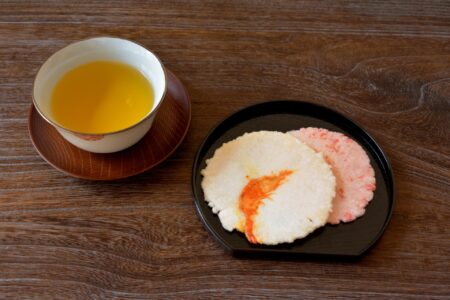
A Look At The Japanese Take On Snacks
Top Photo: かずなり777さん on PhotoAC If you’re like me, during an afternoon break or right after you finish work, y… -
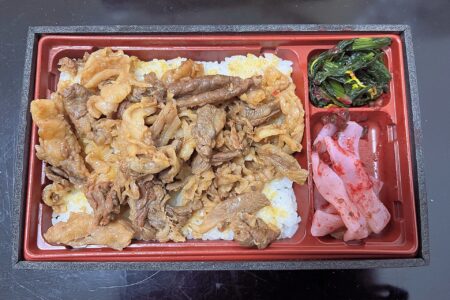
Before the Kitchen: ALT Eating
Top Photo: santamaさん on PhotoAC When you first come to Japan as a Borderlink ALT, you may spend the first seve… -
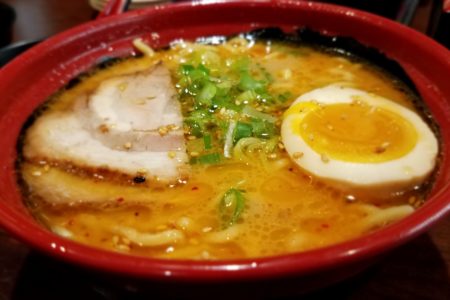
Good Eats: The Best Ramen in Kani City
Top Image: RightCowLeftCoast licensed under the Creative Commons Attribution-Share Alike 4.0 International lic…
PEOPLE

R.L. Mare
From the UK
Has been eating Japanese food for a long time!


